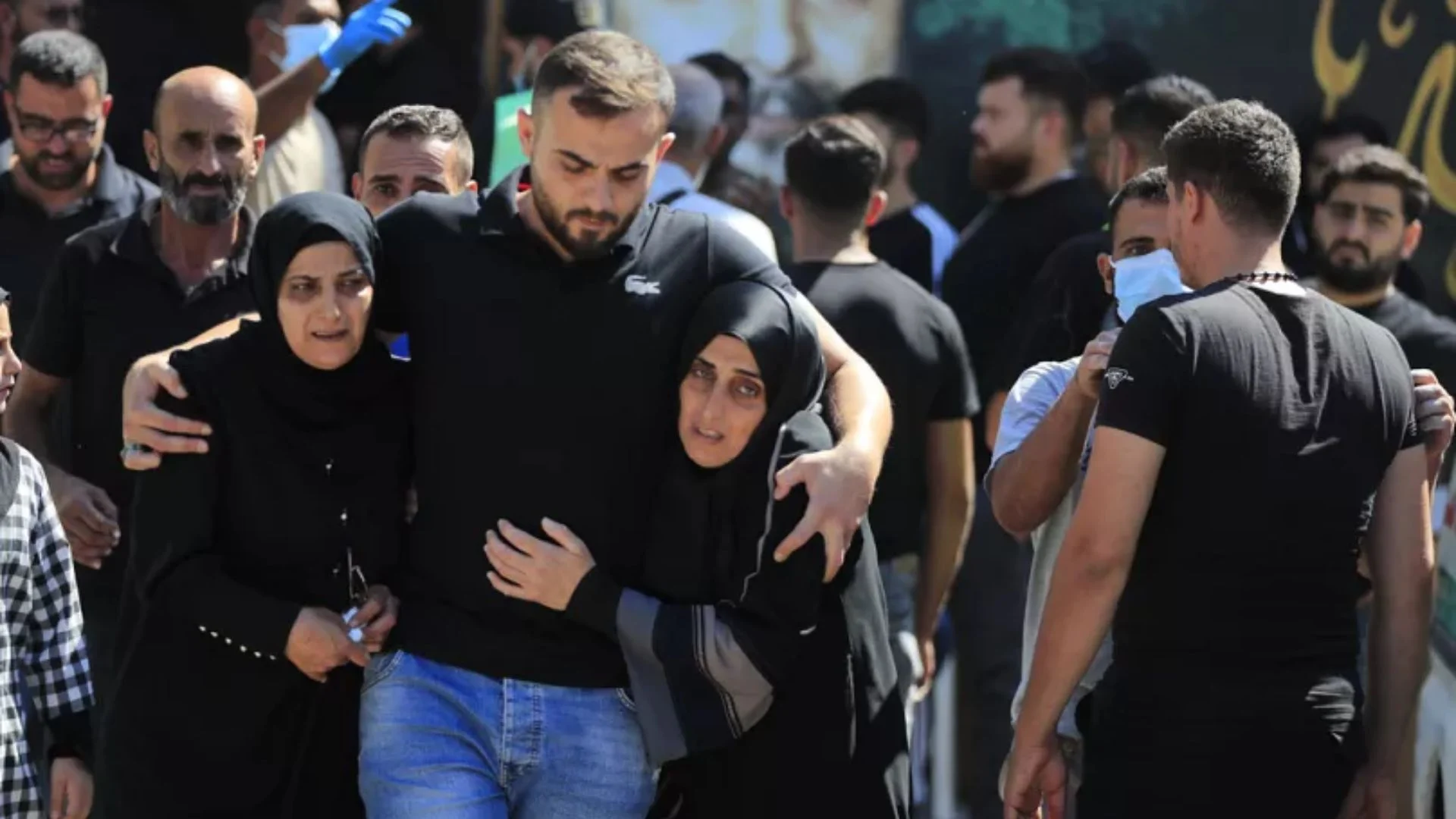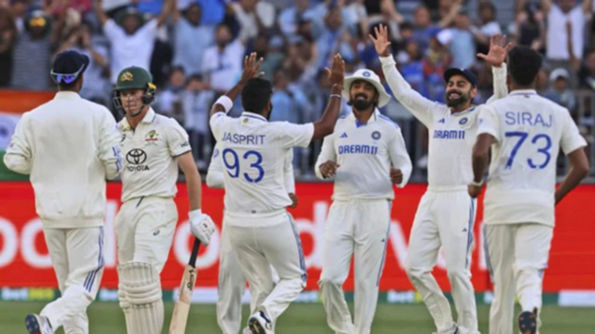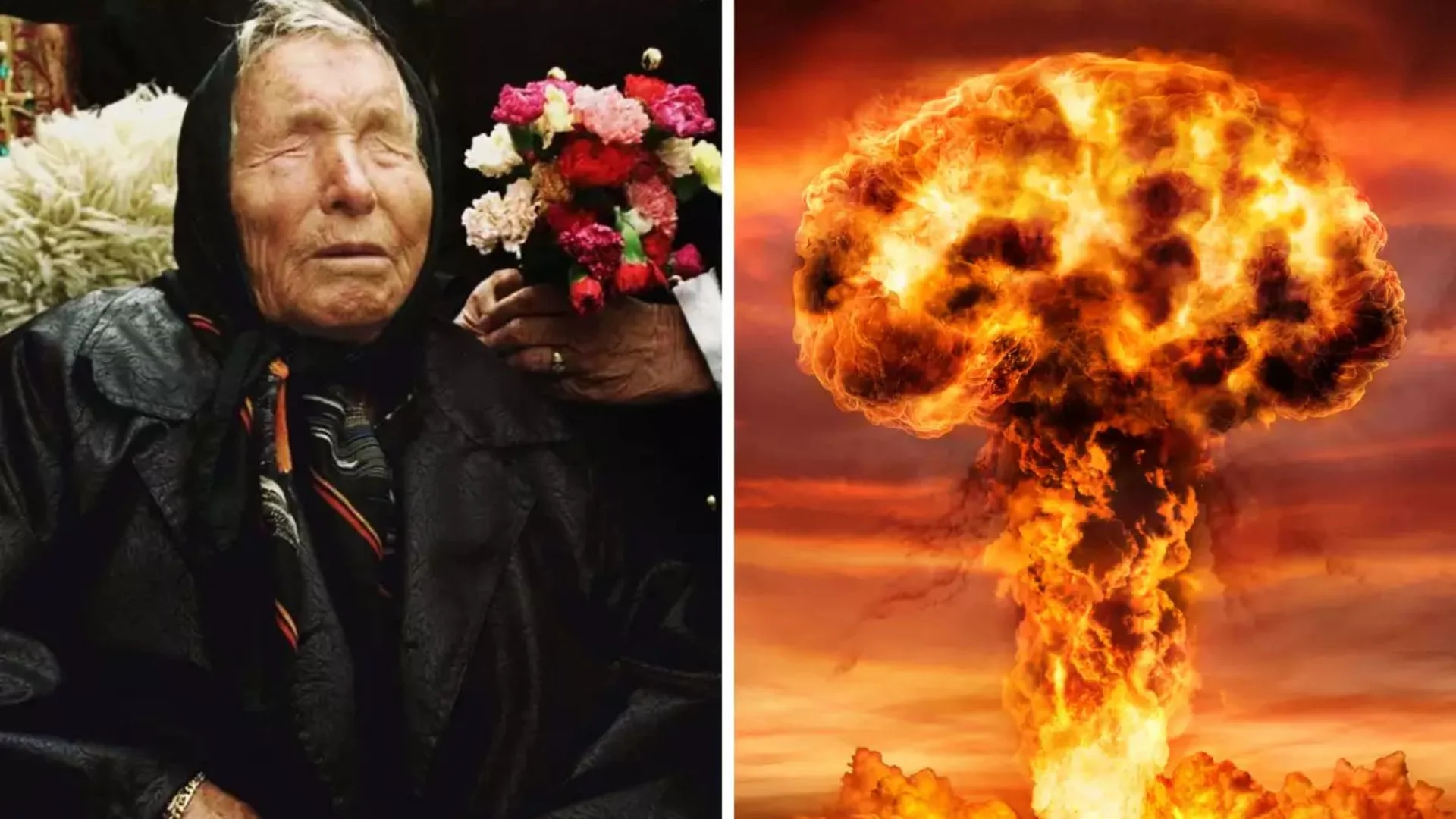
Blood forms 8-10% of a person’s body weight and has important functions like carrying oxygen to tissues from lungs and carbon dioxide back to the lungs; protecting from infections and preventing bleeding when an internal or external injury occurs. Blood cancer happens when the white blood cells in the blood start growing autonomously. Blood cancers constitute <5% of adult cancers, however, 25% of childhood cancers can be blood cancers. Blood cancer includes leukaemia, lymphoma, and multiple myeloma and is more common amongst men than women. Symptoms of blood cancer include fatigue, fever, loss of appetite and failure to thrive, lymph node enlargement, easy bruising and fractures, bone and joint pains or kidney failure.
Diagnosis of different types of blood cancers requires dedicated pathology, haematology, molecular biology, genetic, and immunopathology experts as there are >100 variants of blood cancer identified based upon their molecular and genetic markers.
The treatment of blood cancers has evolved from taking chemotherapy that started in the 1940s to further refinements in the last two decades. The use of stem cell transplants and bone marrow transplants for relapsed/refractory leukaemia has become widely available and has shown success rates between 50-80% for such patients. With well-trained medical haemato-oncologists and infrastructure development, the cost of stem cell transplant has become affordable and it is being done in most cities of India for the last decade.
Total Body Irradiation (TBI) is used for single or six to eight fractions as a conditioning regimen before transplantation to annihilate any blood cancer cells in the bone marrow.
Since the early 2000s targeted drugs that tag the leukaemia cells and kill them by homing on specific molecular changes leading to blood cancer have become mainstream. Besides these, some medicines recruit and engage the body’s own immune system and make them destroy the blood cancer cells. Immunotherapy is the name given to this specialisation and it has become the fifth pillar of cancer treatment.
Since 2017, USFDA has approved chimeric antigen receptor -T cell therapies against blood cancers. The CAR-T cell therapies are customised to each patient. They are made by collecting the T-Cells of the affected patient and re-engineered in the laboratory to produce proteins on their surface called chimeric antigen receptors (CARs).CARs can identify and bind to specific proteins/antigens of the blood cancer cells. These new revamped T-cells are expanded in the laboratory and infused back into the same patient for whom they were taken. The CAR-T cells continue to grow in the blood of the patient & with guidance from their engineered receptor recognise the cancer cells to destroy them. Maximum work has been done for childhood leukaemia with CAR-T cell therapy with promising outcomes. Refractory lymphomas are the other blood cancer where CAR-T cells have shown good responses.
The writer is Chairperson Radiation Oncology Cancer Center, Medanta – The Medicity.















